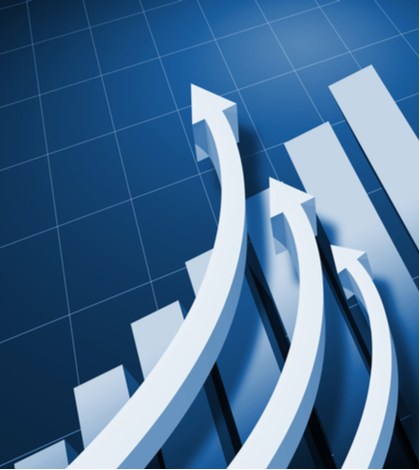The monthly purchasing managers index showed an expanding manufacturing sector, but that might have been because the market had nowhere to go but up.
On the surface, the June purchasing managers index for Riverside and San Bernardino counties appears to be a cause for celebration.
At the very least, it’s a reason to be somewhat optimistic about the short-term future of the Inland Empire’s manufacturing sector.
The index, which measures whether manufacturing output in the two-county region is expanding or contracting, was 55.7 last month, seemingly a remarkable number considering the state of the economy.
It was only in April that the index – published monthly by the Institute of Applied Research and Policy Analysis at Cal State San Bernardino – fell to a record low of 41.8. In March that number was 43.3.
Bother of those numbers were a long way from 50, the number that determines whether manufacturing is expanding or contracting: 50 or above means it’s expanding, below 50 means it’s getting smaller.
That was a slight drop from May when the index was 56.9. If the July index is above 50, that will be three consecutive months above 50, meaning the Inland manufacturing sector will officially be growing.
The May and June numbers would be good under any circumstances. Even in the best of times, the index doesn’t always reach the mid-50’s. But to reach that level during record unemployment brought on by the worst public health crisis in a century would seem remarkable.
When the report was compiled, there were more than 230,000 confirmed cases of COVID-19 in California, second only to New York for the highest count per state. Riverside County had 17,683 confirmed cases and 457 deaths, while San Bernardino County had 12,550 confirmed cases and 253 deaths.
California manufacturing was still feeling the fallout from Gov. Gavin Newsom’s mandatory statewide stay-at-home order, which wasn’t lifted until last month, according to the eight-page report.
Despite all of that, the index recorded strong numbers in two of its most critical categories. Production went from 57.7 to 58.9 between May and June, and new orders went from 50 to 58.9.
The employment index fell from 59.6 to 51.8. That indicates manufacturing employment in the Inland Empire continued to grow in June, but not as fast as it grew in May.
Also, inventory of new materials went up sharply, indicating that some local manufacturers are starting to prepare for an increase in production.
Maybe the most encouraging part of the June index was the outlook of Inland purchasing managers regarding the local economy’s immediate future. Normally not an optimistic group, even when times are good, 36 percent of those surveyed said they expect the Inland economy to improve during the next three months.
Forty percent said they expect it to remain the same, while only 24 percent said they expect it to get weaker during that time.
That was a major improvement compared with May, when those numbers were 33 percent, nine percent, and 58 percent.
So is the Inland Empire manufacturing sector close to being back to normal? Despite those positive numbers, the answer to that question is probably no, said Barbara Sirotnik, director of the institute and co-author of the report.
“I’d like to think that all of this is good news, but I’m really not sure that it is,” Sirotnik said. “It’s good that inventories and employment are up, but we’ve also had some closures, and that’s not good moving forward.”
Sirotnik called the June index “a regression to the mean,” a statistical expression that means extreme data will be closer to normal the second time it’s measured because all data evens out over time.
“Considering that the PMI registered record lows in April, it was not surprising to see somewhat of a rebound in May and again in June as purchasing managers compared current activity to the dismal activity in previous months,” Sirotnik wrote in the report. “In other words, we are not out of the woods yet.
The report also threw cold water on the employment numbers, saying that, because a lot of people went back to work in May, there may have been fewer jobs to fill in June.
“I’m not surprised by the index, but you have to remember that it’s based on macro data and it’s very subjective,” said Bud Weisbart, vice president of A&R Tarpaulins in Fontana.
Weisbart, whose company makes synthetic products for the aerospace industry, agreed that the future of the Inland Empire’s manufacturing sector is murky at best.
“We’ve done well so far this year and we’re looking good through September,” Weisbart said. “We’re diversified, so we’re probably in better shape than a lot of people. But after September, I don’t know.”
This month’s index was longer and more detailed than normal because it was put together in conjunction with the Inland Empire Economic Partnership. Both the institute and the partnership are working on a plan for reopening the Inland economy once the COVID-19 pandemic has passed, Sirotnik said.
 IE Business Daily Business news for the Inland Empire.
IE Business Daily Business news for the Inland Empire.


